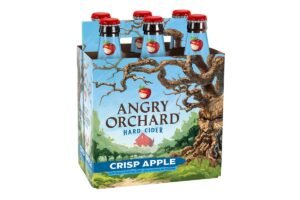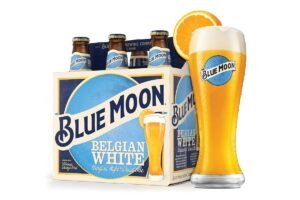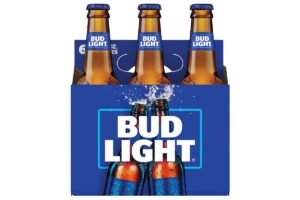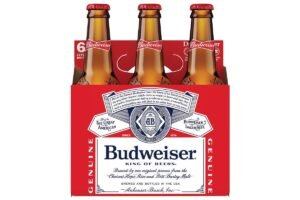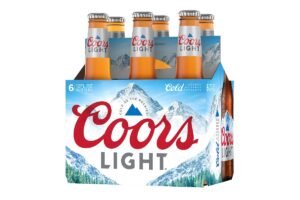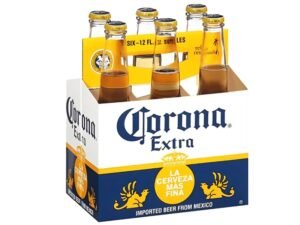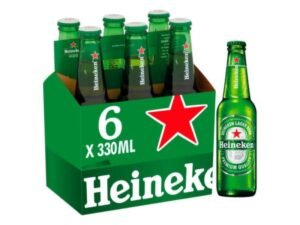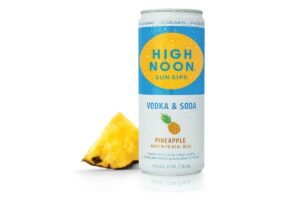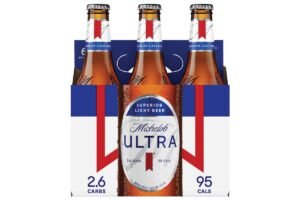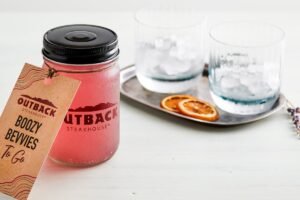The pandemic changed everything about how Americans drink. Suddenly, cocktails in plastic cups became legal, and Outback jumped on this opportunity faster than a kangaroo spotting danger. Their to-go alcohol program transformed from emergency pivot to permanent profit center, now accounting for 12% of total beverage revenue at participating locations.
These aren’t gas station beer runs disguised as dinner pickups. Outback packages legitimate cocktails with the same recipes, proportions, and quality as dine-in versions, just sealed for transport. The logistics involved in making this work – from legal compliance to packaging innovation – represent a complete reimagining of how restaurants serve alcohol.
Outback To Go Boozy Beverages Menu
The Legal Maze Nobody Talks About
Every state handles to-go alcohol differently, creating operational nightmares Outback navigates daily. Texas allows it permanently, Florida requires food purchase ratios, California limits quantities. Some states mandate special licenses, others require sealed containers with tamper-evident tape. Ohio demands receipts stapled to bags in specific ways.
The training required for this legal patchwork boggles minds. Servers must know their state’s rules, county modifications, and city ordinances. Can you sell on Sunday? What about election day? How many drinks per food entrée? The answers change by location, sometimes by literally crossing a street.
Age verification becomes complicated with third-party delivery. DoorDash drivers can’t transport alcohol in some states, while others require special certifications. Outback’s solution involves multiple verification points – at ordering, pickup, and delivery. The redundancy prevents legal issues but adds friction customers sometimes resent.
Container Engineering and Spillproof Science
The packaging represents serious innovation. Standard cocktail glasses hold 8-12 ounces. To-go containers pack 32 ounces while remaining stable in cup holders. The wide base prevents tipping, narrow middle allows gripping, and sealed top eliminates spillage anxiety.
These containers cost 5x more than standard to-go cups but prevent disasters that would end the program. The plastic must be thick enough to prevent crushing but clear enough to show cocktail colors. The seal needs to be tamper-evident for legal compliance but easy enough for customers to open.
Temperature retention posed another challenge. Frozen drinks melt during transport, diluting flavors. The solution involves super-cooling mixtures below serving temperature, calculating melt rates during average transport times. A margarita leaves at 24°F, arriving home at perfect 28°F drinking temperature after 15-minute drive.
The Batch Problem and Fresh Solutions
Making individual cocktails to-go doesn’t work economically. Labor costs for single-drink preparation exceed profit margins. Outback’s solution involves morning batching with afternoon refreshing, maintaining quality while managing efficiency.
Margarita mix gets made in 5-gallon batches at 6 AM, enough for typical daily sales. The mixture rests, allowing flavors to meld. Individual orders get pulled from batch, with tequila added per order to prevent over-dilution. This system maintains consistency while allowing customization.
Bloody Mary mix presents unique challenges. The tomato base separates quickly, requiring constant agitation. Mechanical stirrers in holding containers activate every 10 minutes. Spices get added to order since they lose potency in mixture. The celery salt rim packet stays separate, preventing moisture absorption.
Garnish Logistics That Shouldn’t Be Complicated But Are
Bar garnishes seem simple until you’re packaging them for travel. Lime wedges dry out. Olives leak brine. Cherries stain everything. Salt dissolves in humidity. Each garnish requires individual packaging solutions that maintain freshness without creating excessive waste.
Lime wedges get individually wrapped in perforated plastic that prevents drying while allowing breathing. Salt packets use moisture-absorbing silica beads keeping crystals dry. Olive containers double-seal, preventing brine disasters in customers’ cars. These details seem minor until someone’s leather seats get ruined by leaked olive juice.
The garnish packet assembly happens during prep hours. Each cocktail type gets specific garnish combinations – margaritas get lime and salt, Bloody Marys get the works. Pre-assembly speeds service while ensuring nobody forgets garnishes that complete cocktails.
Friday Night Chaos and Weekend Warriors
To-go cocktail sales follow predictable patterns. Friday 4-7 PM sees explosive demand as people grab drinks for weekend kickoffs. Saturday afternoon brings pool party bulk orders. Sunday features “hair of the dog” Bloody Mary runs.
These patterns drive staffing and prep decisions. Friday morning prep doubles normal batching. Extra staff handles evening rush packaging. The bar splits between dine-in and to-go service, requiring choreographed movements preventing collision.
Large orders stress the system differently. Bachelorette parties ordering 10 margaritas require 20-minute lead times. Corporate events wanting 50 cocktails need day-advance notice. These bulk orders generate significant revenue but disrupt normal operations without proper planning.
The Money Trail
To-go cocktails generate impressive margins despite packaging costs. A 32-ounce margarita contains $3 worth of alcohol, $0.50 in mix, $1.50 in packaging. Selling at $12.99 creates 62% profit margins, lower than dine-in’s 78% but still substantial.
Volume makes up margin differences. Customers order multiple cocktails for home consumption, unlike single-drink dine-in patterns. Average to-go cocktail orders include 2.8 drinks versus 1.4 drinks per dine-in customer. The multiplier effect drives significant revenue increases.
Labor costs actually decrease with to-go cocktails. No table service, no refills, no glassware washing. One bartender can produce 40 to-go cocktails hourly versus 20 dine-in drinks requiring constant attention.
The Bottom Line on Bottles to Go
To-go cocktails represent Outback’s successful adaptation to changing consumer preferences. What started as pandemic necessity evolved into permanent revenue stream. The program required massive investment in training, packaging, and legal compliance but generates returns justifying complexity.
These traveling cocktails prove restaurants can compete with liquor stores for home consumption. Quality matches bars, convenience exceeds grocery shopping, and prices remain competitive. The combination creates sustainable business model beyond crisis response.
Whether grabbing margaritas for Taco Tuesday at home or stocking up for weekend pool parties, Outback’s to-go cocktails deliver restaurant quality in transport-friendly packages. They’ve turned “one for the road” from dangerous proposition to responsible business model, proving innovation comes in many forms – sometimes in spillproof plastic containers filled with perfectly mixed margaritas.
